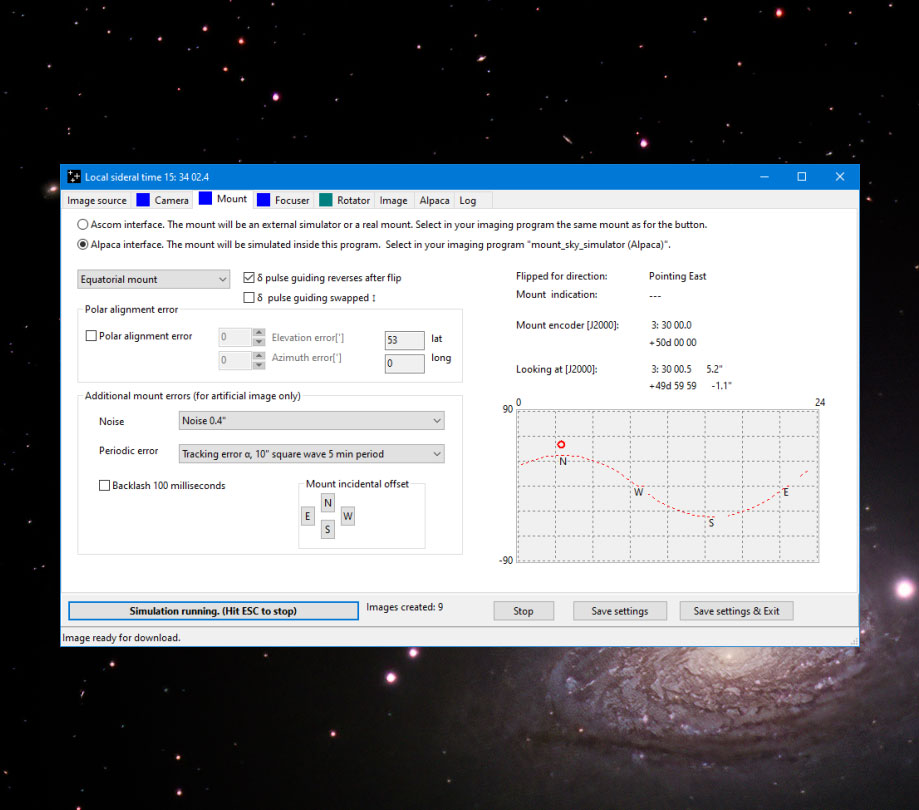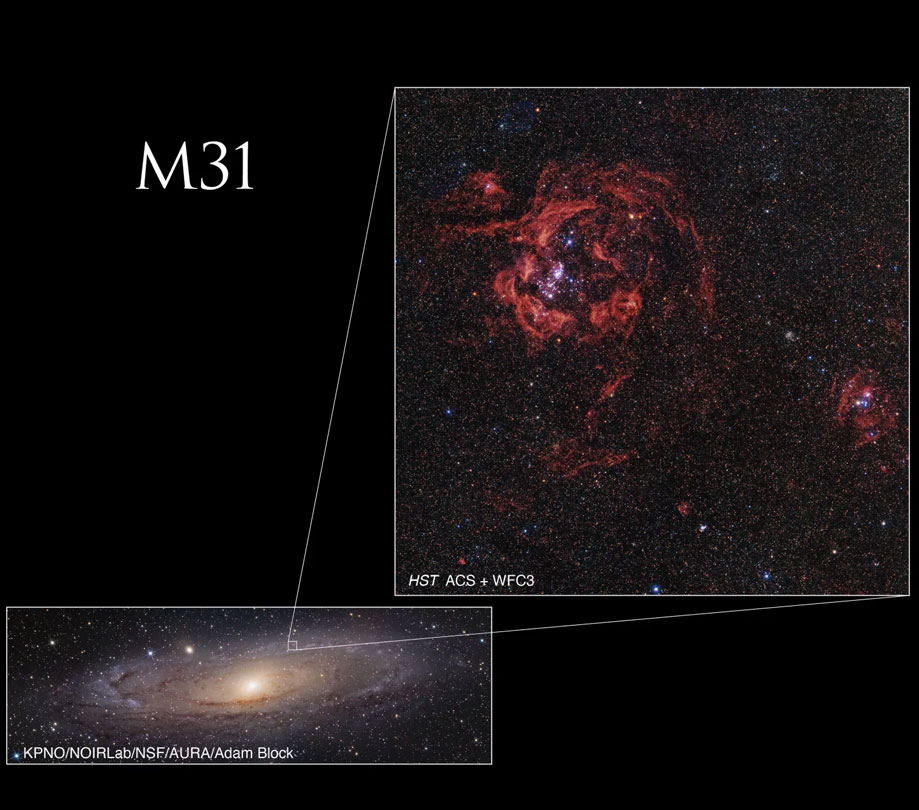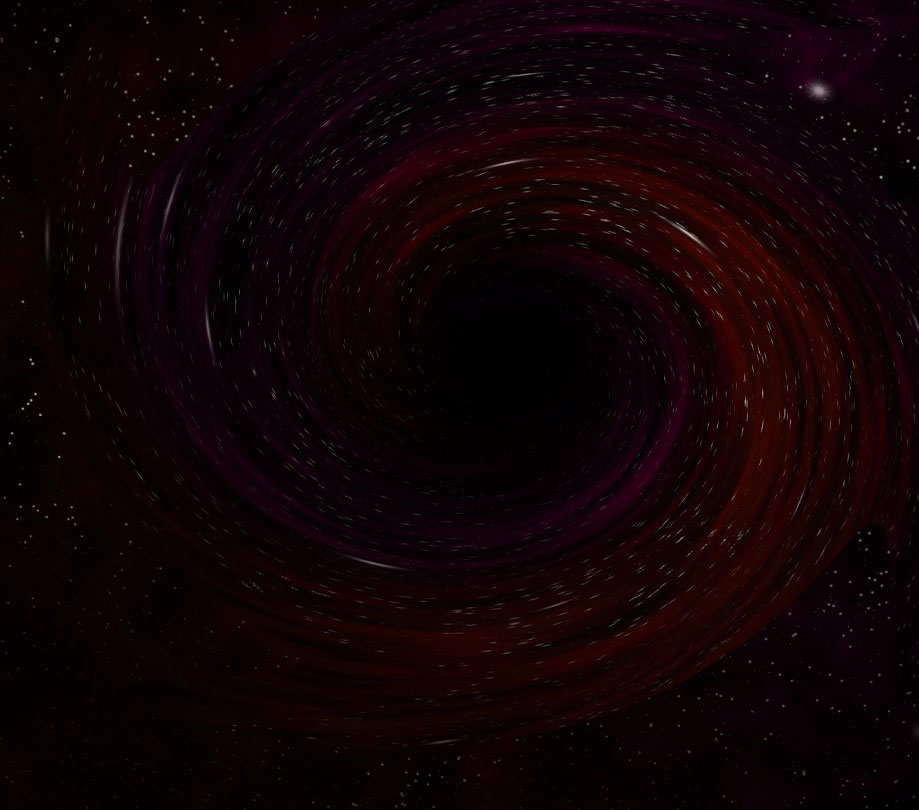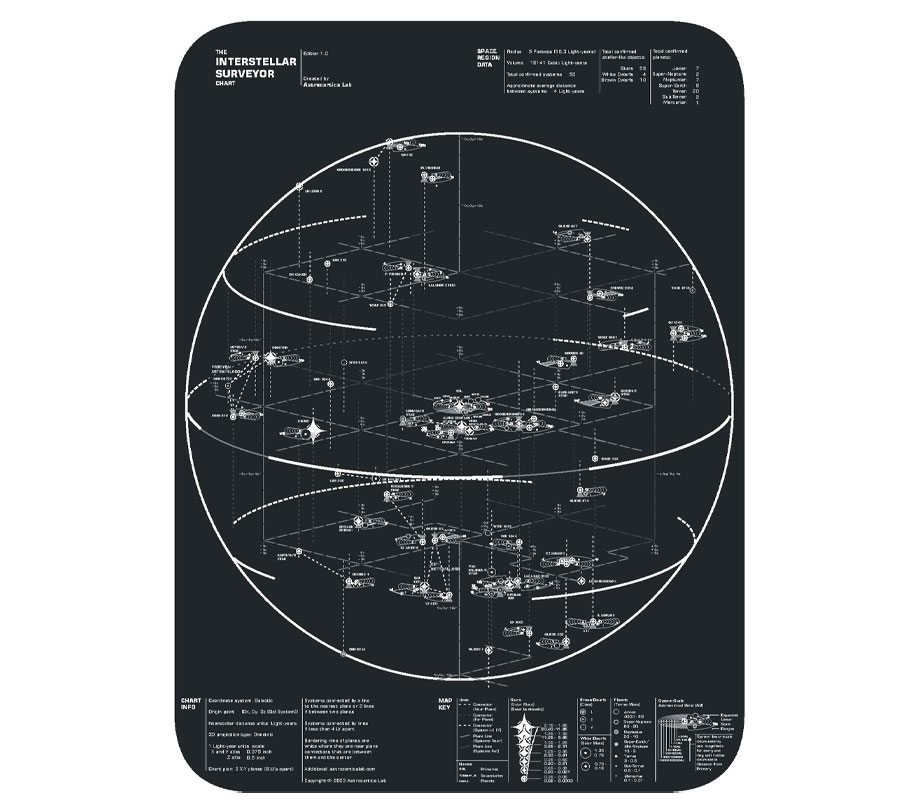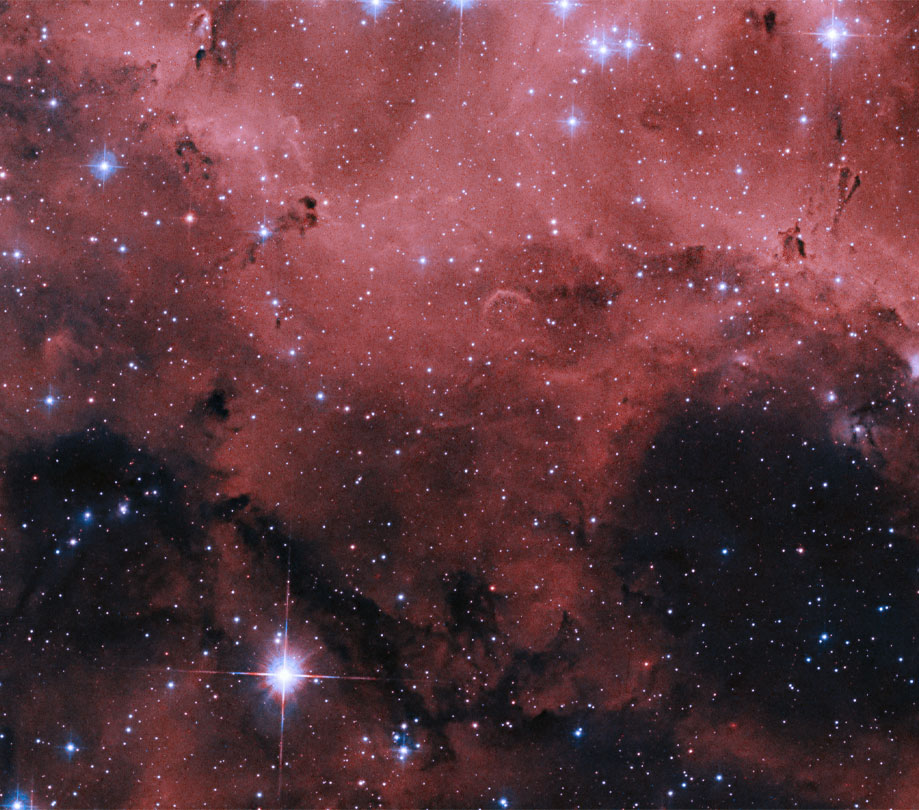tec 180 fl
Found in the Classifieds
| Photo | Ads | Price | Post Date |

|
$568,000.00
|
$568,000.00 |
9/4/2024 6:24:55 PM Views: 18 |

|
$450.00
|
$450.00 |
8/24/2024 1:50:19 PM Views: 39 |

|
$500.00
|
$500.00 |
8/24/2024 12:58:07 PM Views: 35 |

|
$200.00
|
$200.00 |
8/24/2024 12:50:42 PM Views: 44 |

|
FOR SALE
Meade LX 90 - 8 Inch.
Category: Telescopes
By:
Solovey (0)
Location: Sebastopol, CA ( Northern California )
Condition: Like New
$1,700.00
|
$1,700.00
SOLD
|
8/14/2024 5:31:18 PM Views: 141 |
tec 180 fl news search results
Developer news items we found relating to tec 180 fl
3 results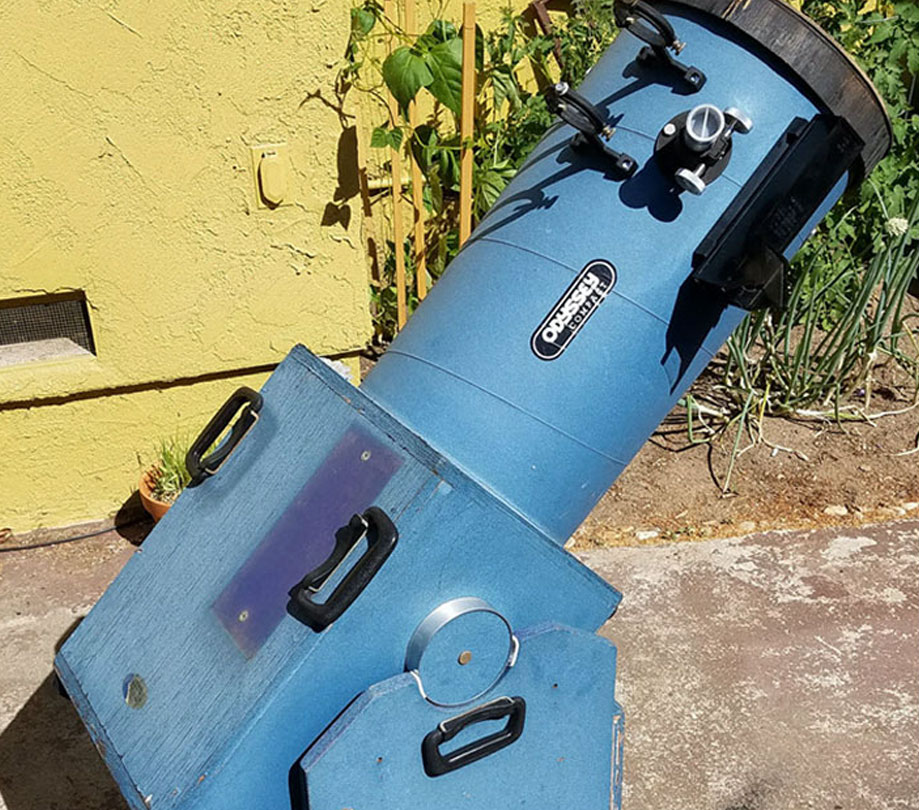
Reflecting on the past: The history of the Coulter Odyssey Compact 10
Monday, June 10, 2024 by Richard Harris
The Coulter Odyssey Compact 10.1" f/4.5 Dobsonian Telescope is a beloved classic among amateur astronomers. Known for its solid build and reliable performance, this telescope has remained a favorite for those who appreciate straightforward and effective observing tools. Made by Coulter Optical, the Odyssey Compact 10.1" features a 10.1-inch primary mirror w...
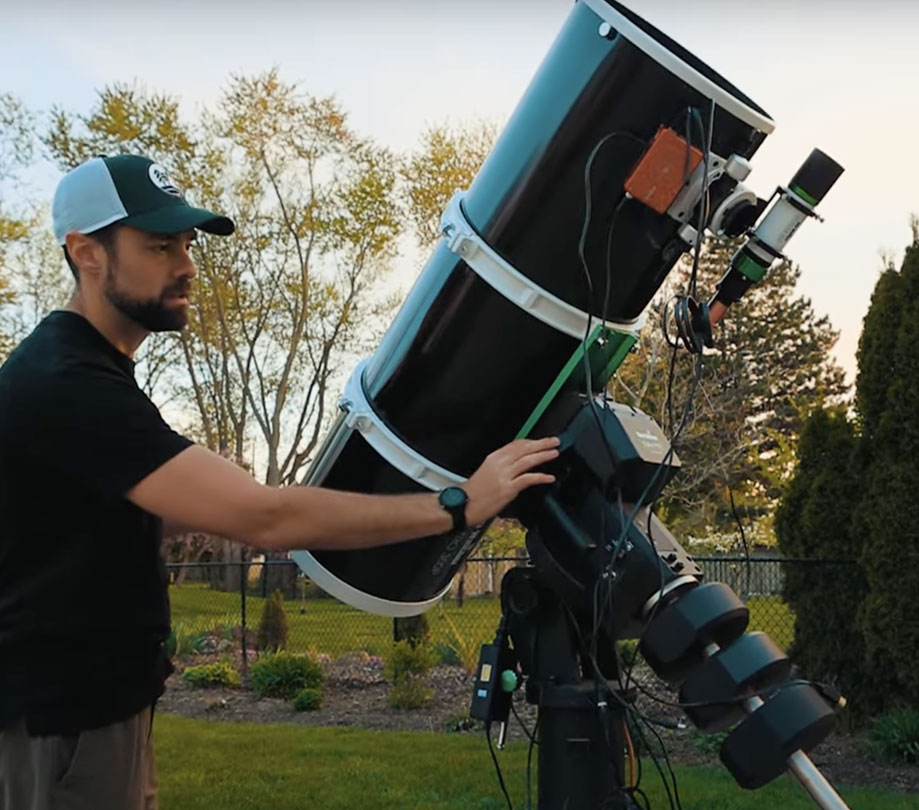
Sky-Watcher Quattro 300P telescope captures the M51 Whirlpool galaxy
Friday, May 17, 2024 by Richard Harris
Imaging Newtonians are absolute rock stars when it comes to capturing galaxies, particularly stunning specimens like M51, the Whirlpool Galaxy. Let me break down why these telescopes are such a hit in the galaxy-capturing world and sprinkle in some humor to keep things entertaining. Plus, I'll share why I still cherish using my large refractors and my trusty 12"...
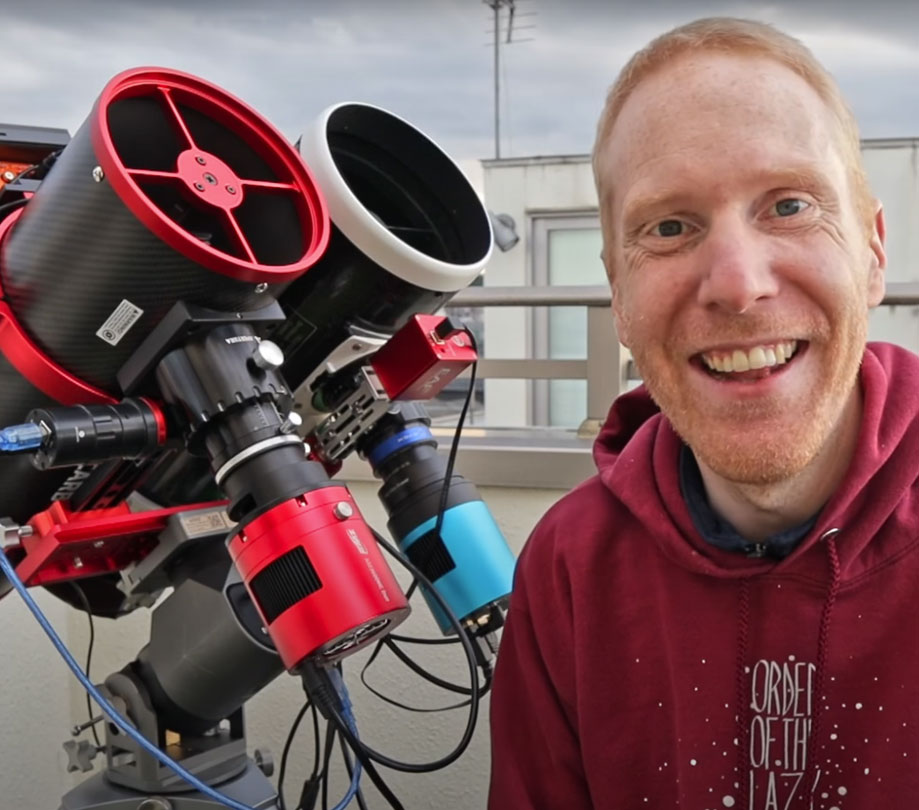
Removing star spikes with Cuiv the Lazy Geek
Thursday, May 16, 2024 by Richard Harris
Star spikes, also known as diffraction spikes, are lines radiating from bright stars in images taken with Newtonian telescopes. They occur because of diffraction of light around the secondary mirror's support vanes, also known as the spider vanes. Refracting telescopes, which lack any central obstruction, do not suffer from star spikes and generally offer higher ...
ScopeTrader's latest survey
Featured Stories

Stay Updated
Sign up for our newsletter for the headlines delivered to youSuccessFull SignUp

|


